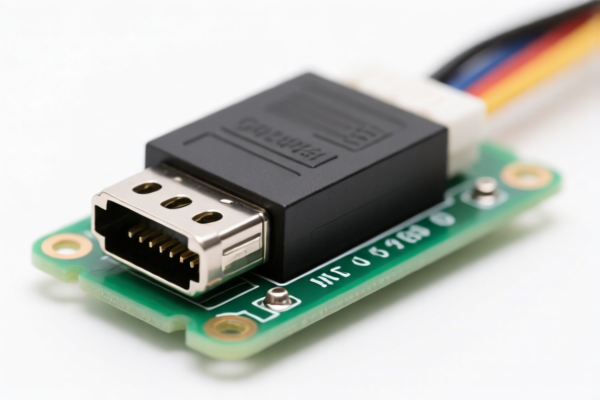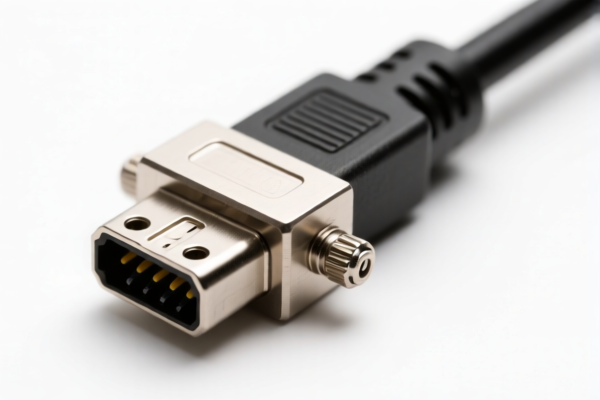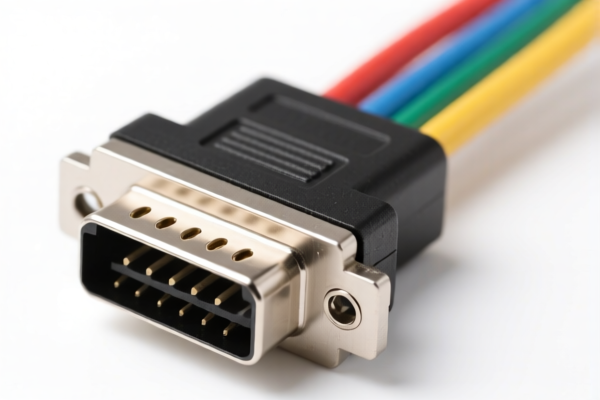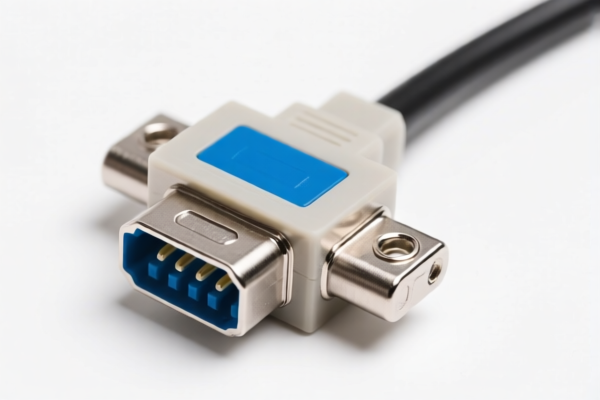| HS Code | Official Doc | Tariff Rate | Origin | Destination | Effective Date |
|---|---|---|---|---|---|
| 8536100020 | Doc | 57.7% | CN | US | 2025-05-12 |
| 8537109120 | Doc | 57.7% | CN | US | 2025-05-12 |
| 8537200020 | Doc | 57.7% | CN | US | 2025-05-12 |
| 8535100020 | Doc | 57.7% | CN | US | 2025-05-12 |
| 8535100040 | Doc | 57.7% | CN | US | 2025-05-12 |
| 8538908160 | Doc | 58.5% | CN | US | 2025-05-12 |
| 8538908140 | Doc | 58.5% | CN | US | 2025-05-12 |
| 8310000000 | Doc | 55.0% | CN | US | 2025-05-12 |
| 3926903000 | Doc | 59.2% | CN | US | 2025-05-12 |




Switch Assembly
Switch assemblies are electromechanical components used to make or break electrical circuits. They are fundamental building blocks in a wide range of electronic devices and systems, controlling the flow of electricity to enable functionality.
Materials
Switch assemblies are typically constructed from a combination of materials chosen for conductivity, durability, and cost-effectiveness:
- Conductive Metals: Brass, copper alloys, silver alloys, and tin plating are common for switch contacts and internal wiring, ensuring efficient electrical connection. Gold plating is used in high-reliability applications due to its resistance to corrosion.
- Insulating Materials: Plastics (such as nylon, polyester, or polycarbonate) and ceramics are used for switch bodies, housings, and internal supports to prevent short circuits and ensure safe operation.
- Spring Materials: Stainless steel or other resilient alloys provide the necessary force for contact actuation and return.
- Housing Materials: Often plastic, but can also be metal (aluminum, steel) for increased durability or shielding.
Purpose
The primary purpose of a switch assembly is to control the flow of electrical current in a circuit. This control enables:
- On/Off Functionality: The most basic function, allowing a user or system to enable or disable power to a device or component.
- Signal Selection: Routing electrical signals to different parts of a circuit.
- Circuit Switching: Connecting or disconnecting different circuit paths.
- Control of Power Levels: Some switches are designed to regulate the amount of power delivered.
Function
Switch assemblies operate by physically altering the connection of electrical contacts. Common mechanisms include:
- Mechanical Contact: A physical barrier (contacts) is moved to either complete (close) or interrupt (open) the circuit.
- Magnetic Contact: Uses a magnetic field to move contacts.
- Solid-State Switching: Uses semiconductors (transistors, MOSFETs) to control current flow electronically without moving parts (see Types below).
Usage Scenarios
Switch assemblies are found in a vast array of applications:
- Consumer Electronics: Power buttons, mode selectors, and input controls in devices like televisions, computers, and appliances.
- Automotive: Lighting controls, window switches, and ignition switches.
- Industrial Equipment: Control panels, safety switches, and process control systems.
- Networking: Ethernet switches route data packets between devices.
- Aerospace: Flight control systems, cabin lighting, and avionics.
- Medical Devices: Control panels for diagnostic equipment and therapeutic devices.
Common Types
Switch assemblies are categorized based on their construction, actuation method, and number of poles and throws:
- Toggle Switches: Operated by a lever-style actuator. Common in power supplies and general-purpose applications.
- Push-Button Switches: Activated by pressing a button. Used for momentary or latching actions.
- Rocker Switches: Operated by a rocking motion. Often used for power control in appliances.
- Rotary Switches: Select between multiple circuit paths by rotating a knob or dial.
- Slide Switches: Activated by sliding a switch element.
- DIP Switches: Small, manually operated switches arranged in a row, often used for configuration settings.
- Tactile Switches: Provide a distinct “click” feedback when activated, commonly found in keyboards and electronics.
- Relays: Electrically operated switches used to control higher-power circuits with a low-power signal.
- Solid State Relays (SSRs): Use semiconductors to switch circuits, offering faster switching speeds and longer lifespans than mechanical relays.
- Ethernet Switches: Network devices that forward data packets between devices on a local area network (LAN). These are complex assemblies incorporating integrated circuits and network interfaces.
Switch assemblies fall under several classifications depending on voltage and specific function. Here's a breakdown of relevant HS codes based on the provided information:
- 8536100020: This code covers electrical apparatus for switching or protecting electrical circuits, or for making connections to or in electrical circuits (such as switches, relays, fuses, surge suppressors, plugs, sockets, lamp-holders and other connectors, junction boxes) for a voltage not exceeding 1,000 V. Specifically, it lists glass cartridge fuses as an example. The total tax rate is 57.7%.
- 8537109120: This code is for boards, panels, consoles, desks, cabinets and other bases equipped with two or more apparatus of heading 8535 or 8536, for electric control or the distribution of electricity, including those incorporating instruments or apparatus of chapter 90, and numerical control apparatus, other than switching apparatus of heading 8517. It applies to switchgear assemblies and switchboards for a voltage not exceeding 1,000 V. The total tax rate is 57.7%.
- 8537200020: Similar to 8537109120, this code covers boards, panels, consoles, desks, cabinets, etc., equipped with two or more apparatus of headings 8535 or 8536, for electric control or distribution, but for a voltage exceeding 1,000 V. It also applies to switchgear assemblies and switchboards. The total tax rate is 57.7%.
Regarding these HS codes, it's important to determine the voltage of the switch assembly. If the voltage is 1,000 V or less, either 8536100020 or 8537109120 may be applicable, depending on whether it's a single apparatus or part of a larger assembly. If the voltage exceeds 1,000 V, 8537200020 is the appropriate code.
Customer Reviews
No reviews yet.